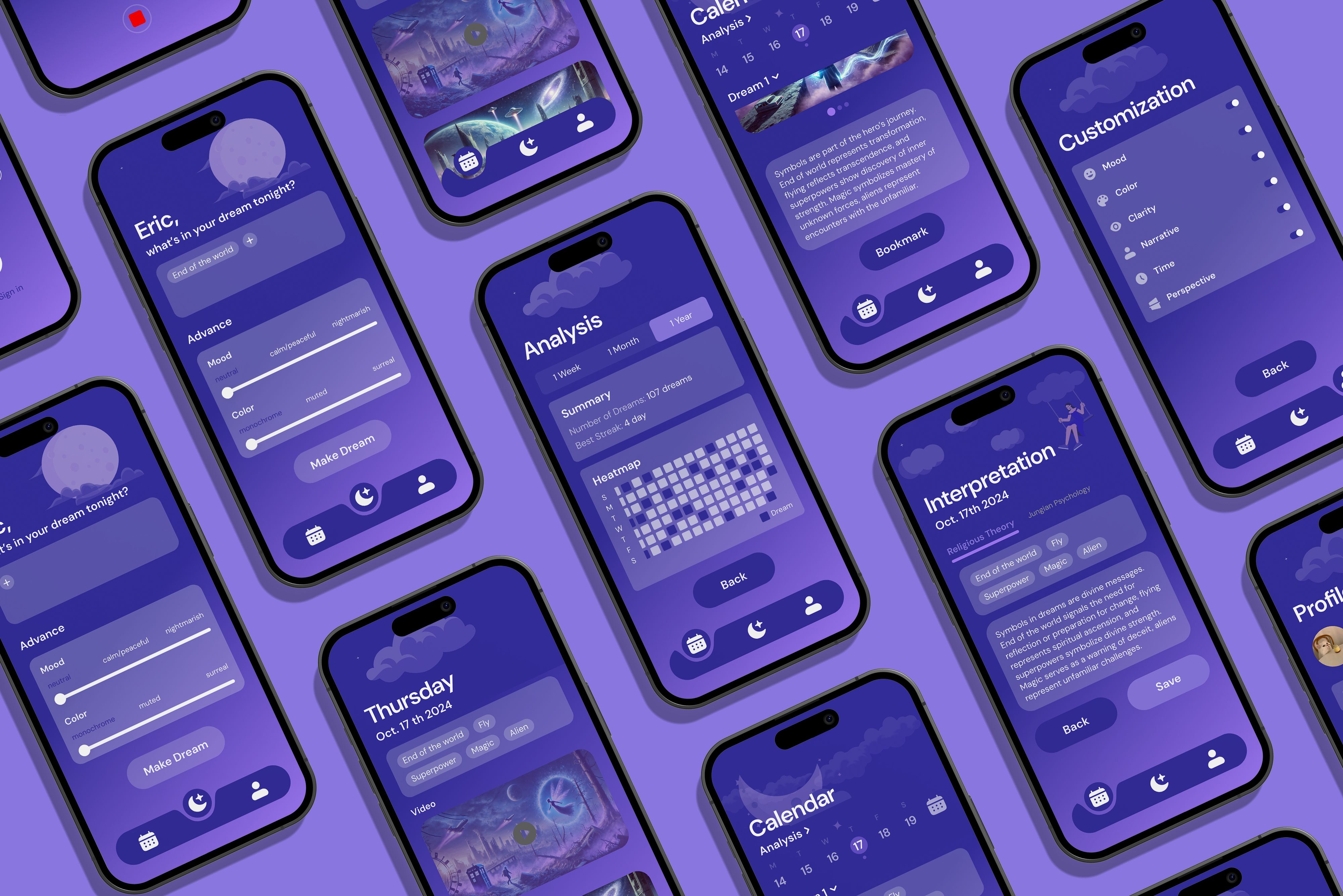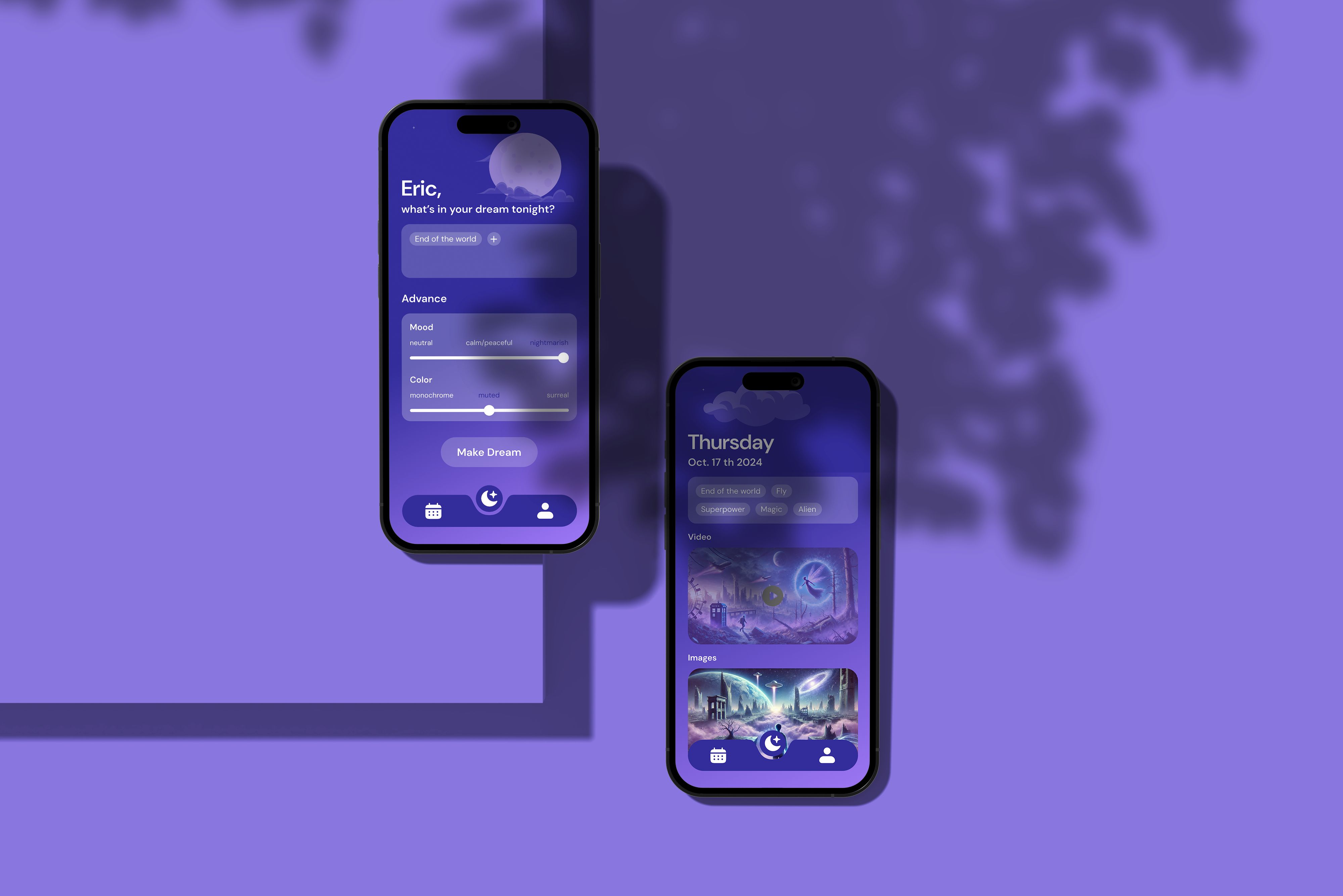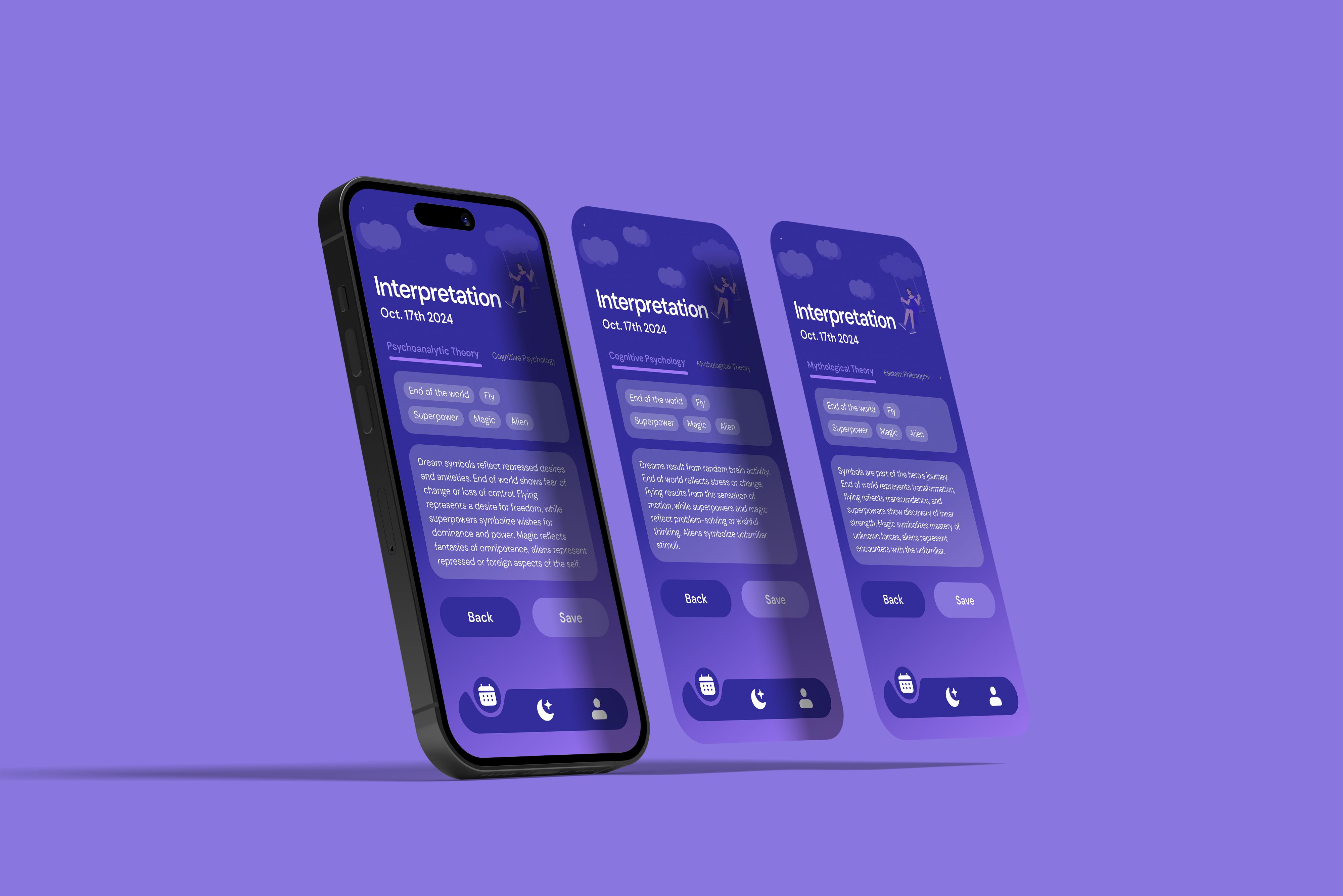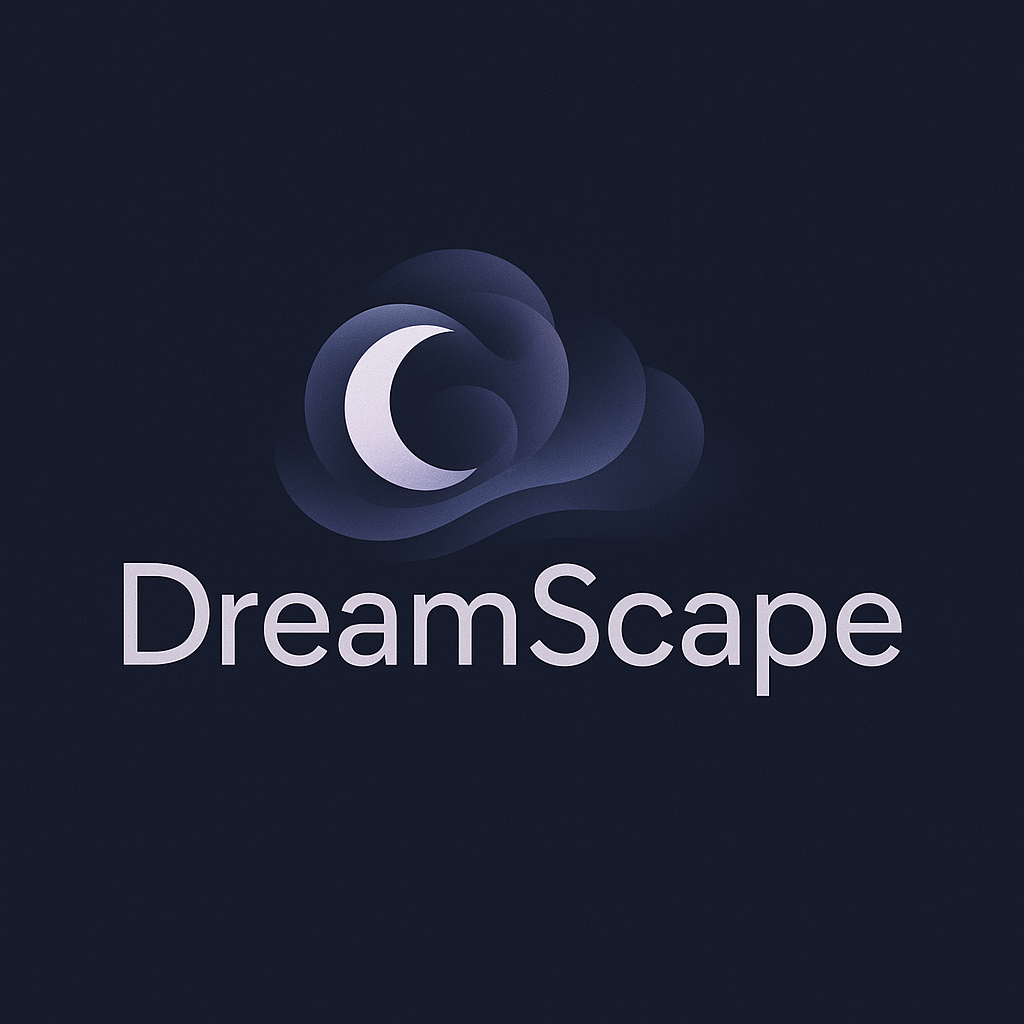
Designers
Jingxin Wang
Year
2025
Category
New Talent
Country
United States
School
University of Southern California
Teacher
Bruno Lemgruber
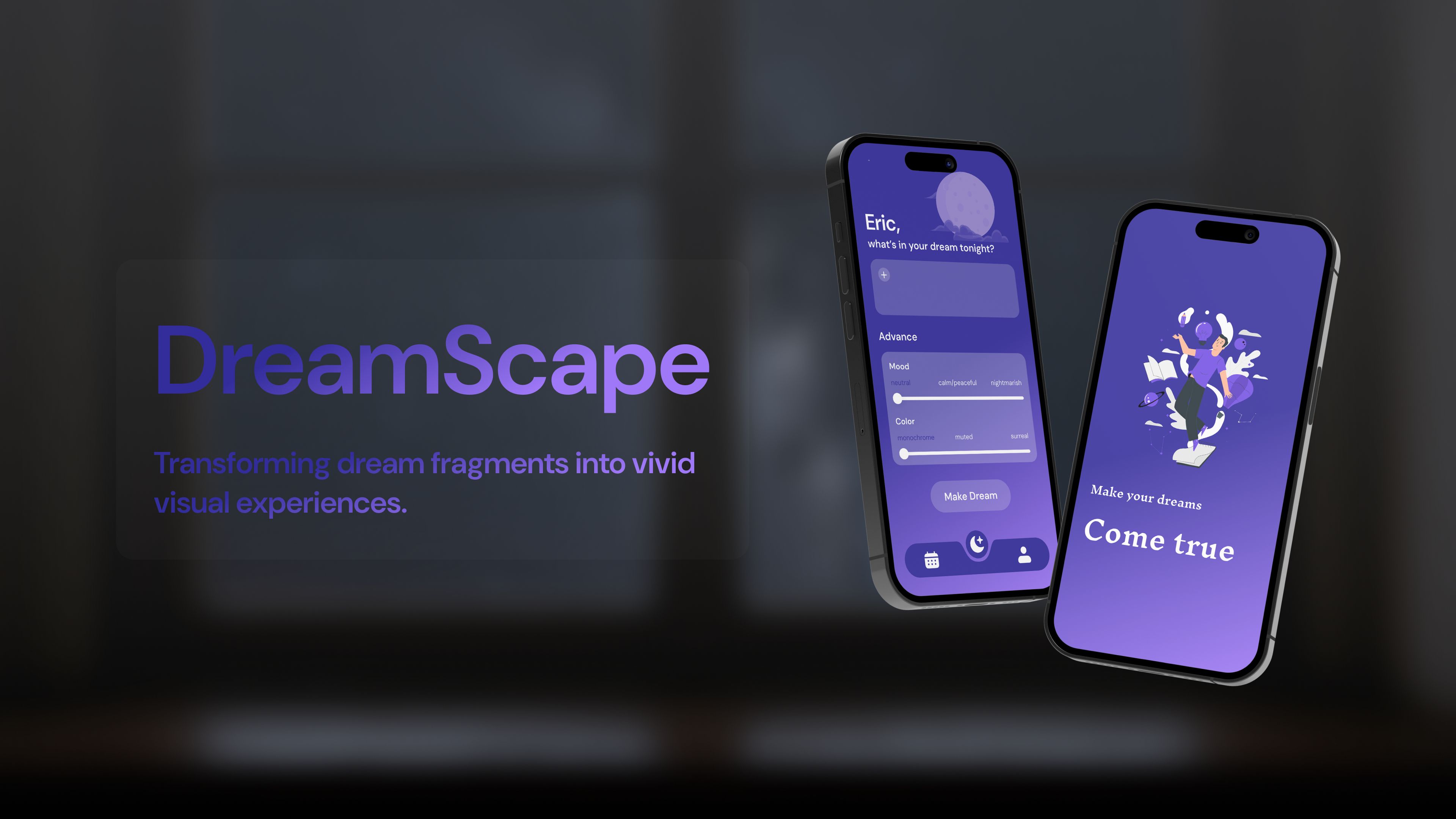
Three questions to the project team
What was the particular challenge of the project from a UX point of view?
The key UX challenge was translating fragmented, abstract dream memories into meaningful, emotionally resonant interactions. Dreams are personal, vague, and often illogical—designing a system that could accommodate this ambiguity while still offering structure was complex. I had to balance user control with AI unpredictability, ensuring the interface felt intuitive without over-defining the dream content. Another challenge was creating a calming, immersive experience that encouraged reflection, while remaining accessible and easy to navigate.
What was your personal highlight in the development process? Was there an aha!-moment, was there a low point?
The highlight was realizing that giving users emotional controls—like mood and color sliders—helped them feel more connected to the AI-generated visuals, even if the output wasn’t a perfect match. That was the “aha!” moment: users didn’t need exact reconstructions, they needed emotional resonance. A low point came early in testing, when users described the outputs as “cold” or “detached.” It forced a pivotal shift toward more empathetic interactions, including softer UI transitions, ambient visuals, and personalized input prompts that made users feel heard and understood.
Where do you see yourself and the project in the next five years?
In five years, I see DreamScape evolving into a full-fledged wellness and creativity tool that helps people not only visualize their dreams but reflect on emotions, reduce anxiety, and spark imagination. I hope to integrate biofeedback (like sleep or heart rate data) for deeper personalization and partner with mental health professionals to explore therapeutic applications. Personally, I aim to continue designing at the intersection of emotion, emerging tech, and interaction—creating experiences that help people connect with themselves in meaningful, intuitive ways.
